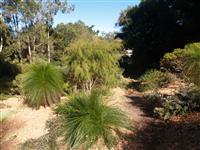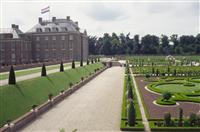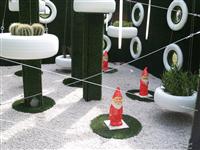


Learn how to create mood, make use of use light, choose the best style for a garden, and to recognise limitations of design
Many different styles of garden have evolved in different cultures and countries. Often clients wish to have a particular style or themed garden or they wish to have elements of particulr styles which appeal to them. As a garden designer it is vital to have a detailed knowledge of what different styles there are and what components are used to create them.
Expand your landscape knowledge
In order to be successful, landscape designers need to understand he fundamental principles and elements of design. This course goes one step further, creatively encouraging even the experienced designer to learn how to properly apply these principles, as well as draw on the design features and elements that make up many types and styles of gardens throughout the world. Formal, Mediterranean, Oriental, eclectic and other landscape designs covered in this course inspire the student to create new and beautiful designs.